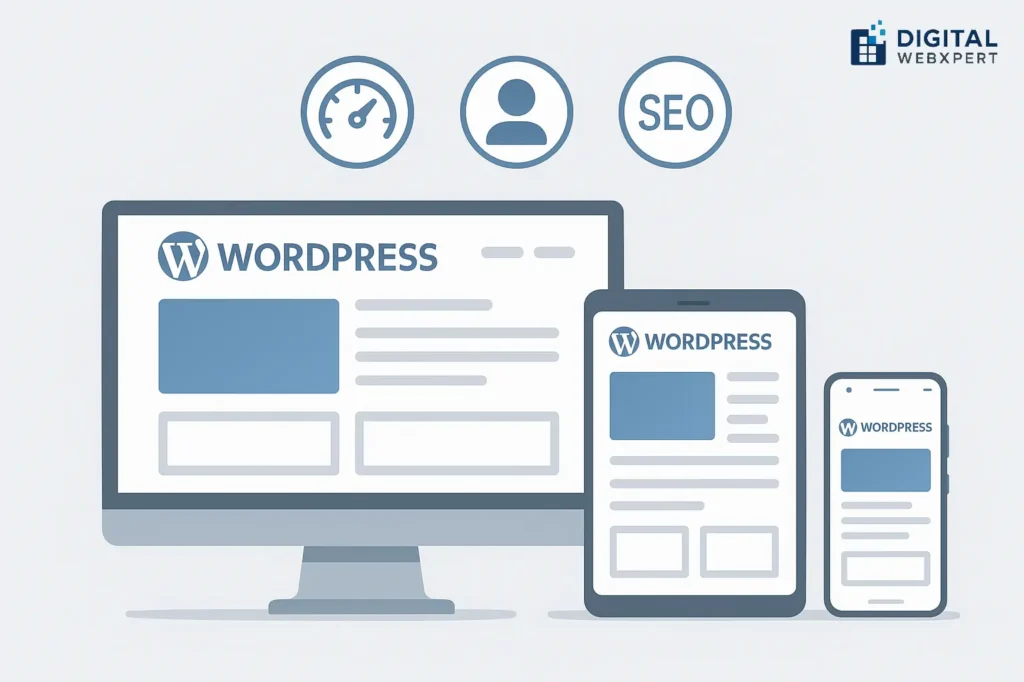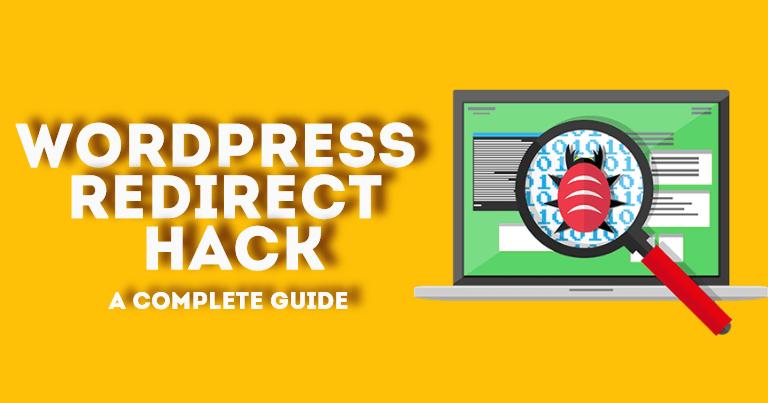If you’re running a business online, your WordPress website design must do more than just look good. In 2025, Google and your users expect your site to be fast, responsive, SEO-friendly, and offer a seamless user experience (UX). Combining design, performance, and optimization is no longer optional—it’s essential.
In this blog, we’ll break down the best practices for WordPress website design that improve speed, UX, and SEO so your site performs better and ranks higher.
🚀 Why WordPress Website Design Matters
WordPress powers over 40% of the internet — and for good reason. It’s flexible, powerful, and scalable. But simply installing a theme isn’t enough.
A well-structured WordPress website design improves:
🔹 User Experience (UX) – helping users navigate and convert
🔹 Page Load Speed – which affects bounce rate and engagement
🔹 Search Engine Rankings – thanks to SEO-optimized code and structure
1. 🧩 Choose the Right WordPress Theme (Speed + SEO Friendly)
Not all themes are created equal. A bloated, poorly coded theme can ruin your site’s speed and SEO.
Best Practices:
Use lightweight themes like Astra, GeneratePress, or Hello Elementor
Ensure mobile responsiveness out of the box
Check theme speed using Google PageSpeed Insights
Look for schema support and SEO-friendly markup
2. 📲 Mobile-First Design is a Must
With over 60% of web traffic coming from mobile, WordPress website design should always prioritize mobile devices.
Tips:
Use a responsive theme
Optimize font sizes and spacing for small screens
Implement click-friendly buttons and menus
Test with tools like Google Mobile-Friendly Test
3. ⚡ Optimize Page Speed
Google uses Core Web Vitals as a ranking factor. A slow website can lead to higher bounce rates and poor SEO.
Page Speed Boosters:
Use caching plugins like WP Rocket, W3 Total Cache, or LiteSpeed Cache
Minify CSS, JS, and HTML files
Serve images in next-gen formats like WebP
Use a CDN (Content Delivery Network) like Cloudflare
Limit plugin usage to essentials
4. 🔍 Structure Content for SEO (On-Page Optimization)
A clean, well-structured WordPress website design is easier for both users and search engines to understand.
On-Page SEO Essentials:
Use proper heading hierarchy (H1 → H2 → H3)
Include your focus keyword in titles, meta descriptions, and first 100 words
Optimize URLs:
www.site.com/wordpress-website-design-tipsUse internal linking for SEO and UX
Install SEO plugins like Rank Math or Yoast SEO
5. 🖼️ Image Optimization Without Quality Loss
High-quality visuals enhance design, but large images kill speed. Strike a balance.
How To Optimize:
Compress images using tools like TinyPNG, ShortPixel, or Smush
Rename images with descriptive keywords (e.g.,
wordpress-website-design-example.jpg)Use proper ALT text including focus keywords (great for SEO)
Use lazy loading
6. 🛠️ Use Custom Post Types & Blocks
Modern WordPress website design uses Gutenberg blocks or page builders for enhanced layout and UX.
Best Tools:
Gutenberg Block Plugins: Kadence Blocks, Spectra, Stackable
Page Builders: Elementor, Bricks Builder (lightweight and fast)
Design sections like testimonials, portfolios, and FAQs using custom post types to keep content organized and reusable.
7. 🛡️ Secure Your WordPress Website
Security isn’t just about safety—it’s also about SEO. A hacked site can be blacklisted by Google.
Security Practices:
Install security plugins (Wordfence, iThemes Security)
Use SSL (HTTPS)
Limit login attempts
Keep WordPress, plugins, and themes updated
Schedule regular backups (UpdraftPlus, BlogVault)
8. 💬 Clear CTAs and UX Flows
Great website design always leads the user somewhere. Whether it’s a form, product, or contact page — a clear call-to-action (CTA) improves conversions.
UX Best Practices:
Keep the layout clean and scannable
Use sticky headers for navigation
Highlight CTA buttons (contrast colors)
Test and track with tools like Hotjar or Microsoft Clarity
9. 🧠 Content is Still King (But Design Sells It)
Even the best-designed site won’t rank without valuable content. Pair SEO-optimized content with user-first design.
Tips:
Create blog posts targeting long-tail keywords
Add FAQ sections (using schema for Google rich results)
Use visuals like infographics or videos
Include testimonials and trust badges
10. 📈 Track & Improve Continuously
Design and SEO are not one-time tasks. Use analytics to optimize over time.
Install Google Analytics and Google Search Console
Track bounce rate, time on site, conversions
Run A/B tests on layouts, CTAs, and headlines
🏁 Conclusion
In 2025 and beyond, successful websites will be those that combine clean WordPress website design, fast performance, exceptional UX, and SEO best practices.
Following these best practices ensures your site not only looks great but also performs in search, converts visitors, and grows your business.
If you’re ready to build or redesign your website for speed, UX, and SEO — Digital WebXpert can help.
✅ Want help with your WordPress website design?
📩 Contact us today → https://www.digitalwebxpert.com
📞 +91-8777643521
📧 info@digitalwebxpert.com



